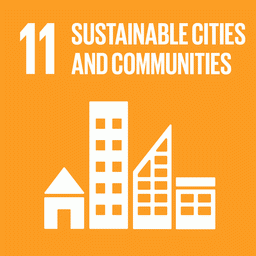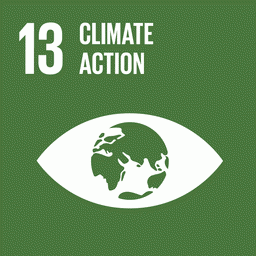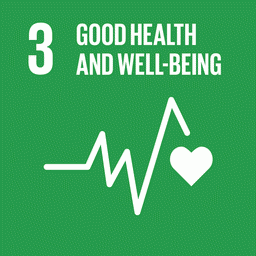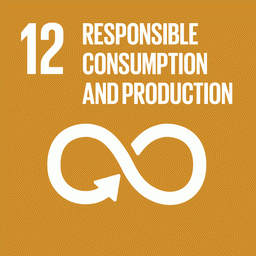Karina Custódio*

Reducing the waters of the Rio do Peixe
Understanding the 65% reduction in the availability of water in the Rio do Peixe is the mission of the fifth edition of TransCerrado, a scientific bicycle expedition organized by IPAM (Amazon Environmental Research Institute) since 2019. The journey will take place at the end of August to observe how the river has been behaving during the dry season. Four researchers will cycle 200 kilometers along the riverbed, located in central Goiás.
Paulo Moutinho, senior researcher at IPAM and creator of the initiative, explains that a cycling expedition like TransCerrado allows for greater interaction with the population and a better understanding of how they are impacted by the reduction in water. The researcher details what data will be collected along the TransCerrado route.
“Along the way, we will conduct interviews with the local population and thus try to assess the possible impacts of the slow death that the Rio do Peixe is suffering. We will also be collecting images of land use and deforestation, as well as identifying the vegetation and fauna along the route.”
This year’s TransCerrado is part of IPAM’s ongoing research into the waters of the Cerrado, which uses data from MapBiomas Águas, a product of the Mapbiomas Network, of which IPAM is a member. Preliminary results show that the entire biome has faced historic water losses.
!function(){“use strict”;window.addEventListener(“message”,(function(a){if(void 0!==a.data[“datawrapper-height”]){var e=document.querySelectorAll(“iframe”);for(var t in a.data[“datawrapper-height”])for(var r=0;r<e.length;r++)if(e[r].contentWindow===a.source){var i=a.data[“datawrapper-height”][t]+”px”;e[r].style.height=i}}}))}();
The water surface of the Rio do Peixe basin, which is within the Cerrado, has been falling since 1994. Annual increases and decreases are common processes as a result of rainfall variation, but reductions over history indicate threats to the river’s health.
Reduction in vegetation
The Rio do Peixe watershed has already had 65% of its native vegetation devastated – 1360 square kilometers. 64% of the deforested savannah and forest in the watershed has been transformed into agriculture and pasture – the latter occupying 41% of the watershed’s territory.
Rafaella Silvestrini, a researcher at IPAM and one of the authors of the study on the basin, explains the consequences of the reduction in native vegetation.
“Climate change is already causing temperatures to rise in general. Preserving vegetation helps to mitigate this increase by keeping the temperature locally milder. When there is a loss of vegetation, this microclimate is damaged, making the air drier and hotter, and disadvantaging the vegetation. The combination of all these factors ultimately leads to water loss.”
The researcher warns that there are many factors that may have influenced the reduction of the Rio do Peixe and that further research, such as that proposed by TransCerrado, is needed to understand the causes.



